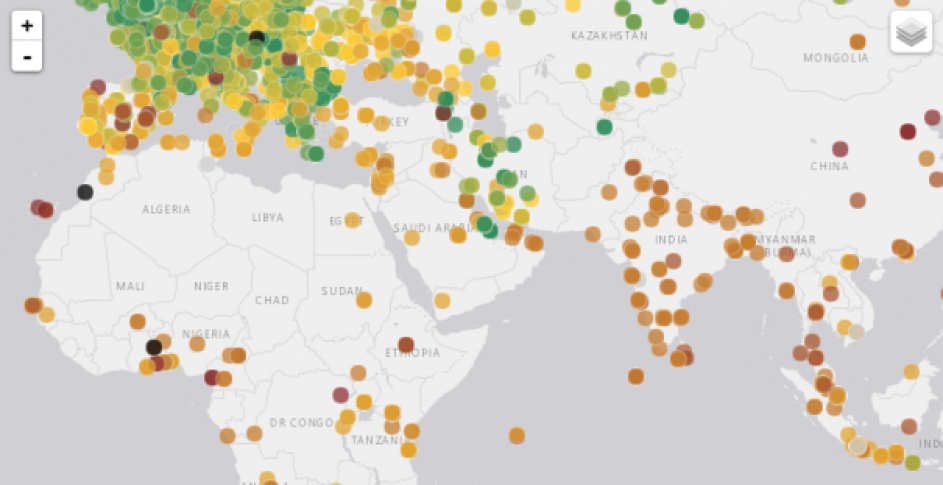
Targeting "the gap" between women and men in access to the internet is fundamental in reaching the goal of access for all. In an article for the Alliance for Affordable internet, the Web Foundation argues that the indicator of this gap should be calculated relative to a women-centred reference when the intention is to focus on the disparity and disadvantages faced by women.
Gender internet access gap indicators contribute to defining goals for international and country-level policies. They intend to convey the relationship between female and male access, and account for different countries’ total internet penetration, and male and female overall populations. Consider, for instance, values indicated in the Economist Intelligence Unit’s (EIU) 2018 Inclusive Internet report, which uses women-centred references. South Africa and Kenya both have slightly more females in their total population and higher internet penetration than the rest of the continent, at 52% and 44% respectively. However, while the gender access gap in South Africa is just 2% difference, in Kenya it is 54% difference. Meanwhile, for countries with lower internet penetrations like Namibia, at 16%, and Cote d’Ivoire, at 22%, there can be widely different gender access gaps. Namibia is the only African country with a gender access gap in favour of women, at -7%, but also has a much higher overall population of females; while Cote d’Ivoire has a much higher overall male population and a gender access gap of 60%.
The International Telecommunication Union (ITU) and the Groupe Spécial Mobile Association (GSMA) show that internet user gender gaps in the past few years have narrowed in "developed" regions. Unlike Economist Intelligence Unit (EIU) and the Web Foundation, however, ITU and GSMA calculate the value of the gender gap as proportions of the internet penetration rates for men; that is, the indicator is the difference in the internet penetration rate between men and women as a proportion of the internet penetration rate for men. Use of a male-centred or women-centred ratios contribute to markedly different values. For instance, ITU published a gender gap of 25.3% difference for the entire African continent using a men-centred reference in 2017; yet, if the same proportions are used to calculate relative to women, the gender gap is 33.9% difference.
Continue reading at GenderIT.org
Image: Atlas showing internet penetration based on standard ping measurements. Original at Ripe Atlas